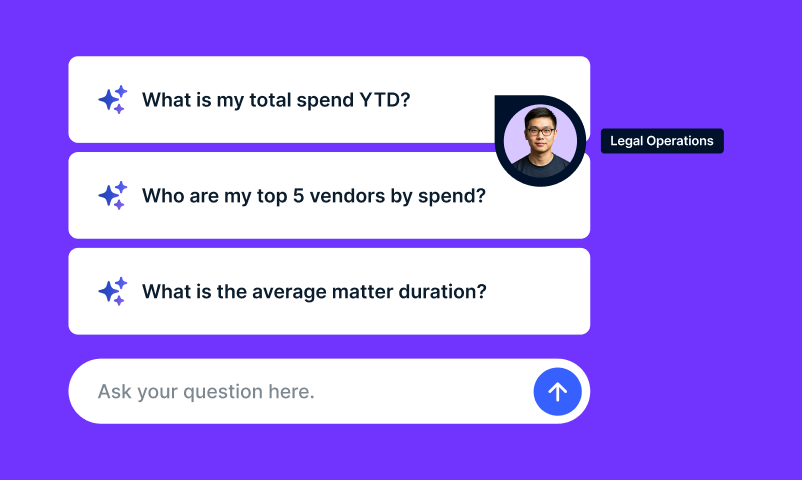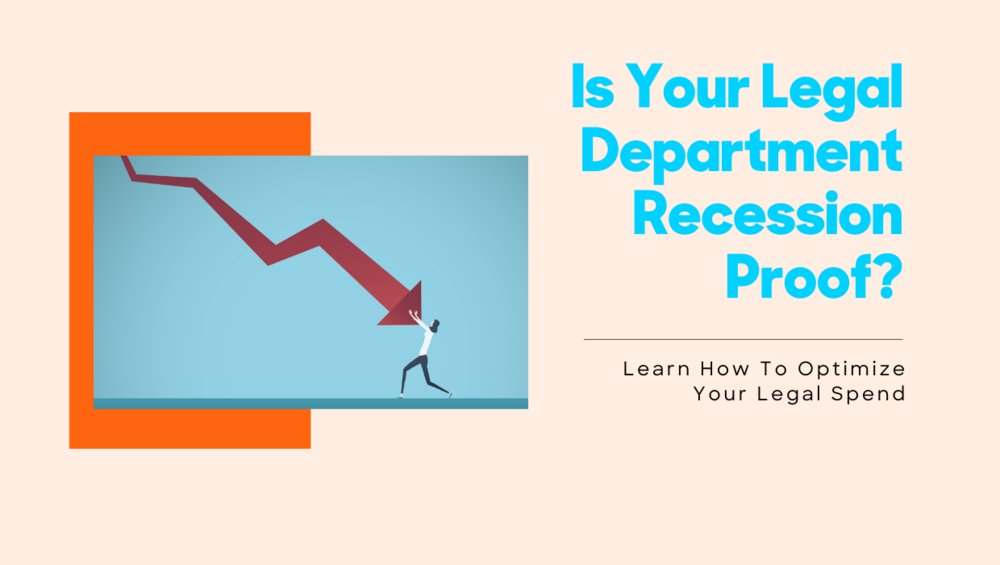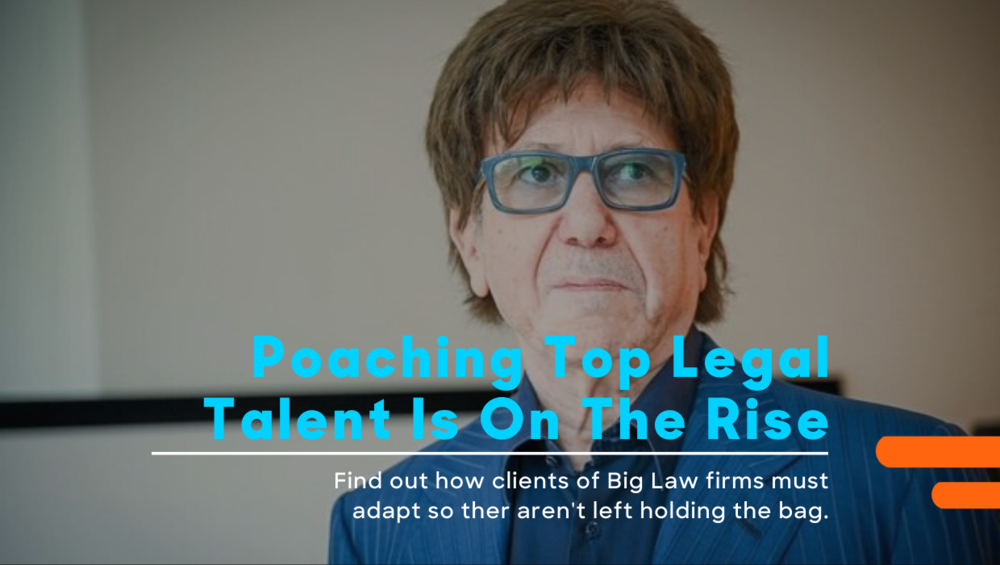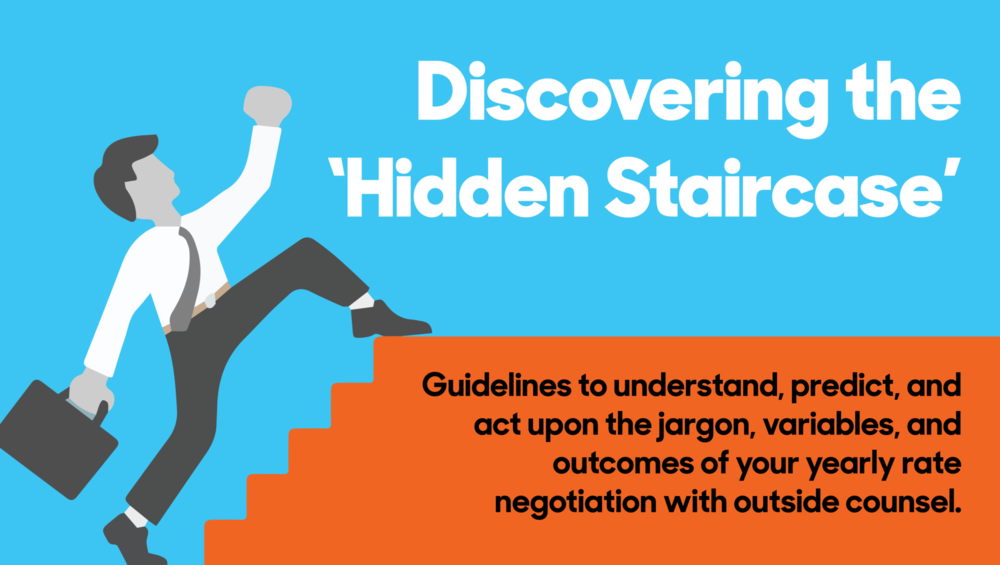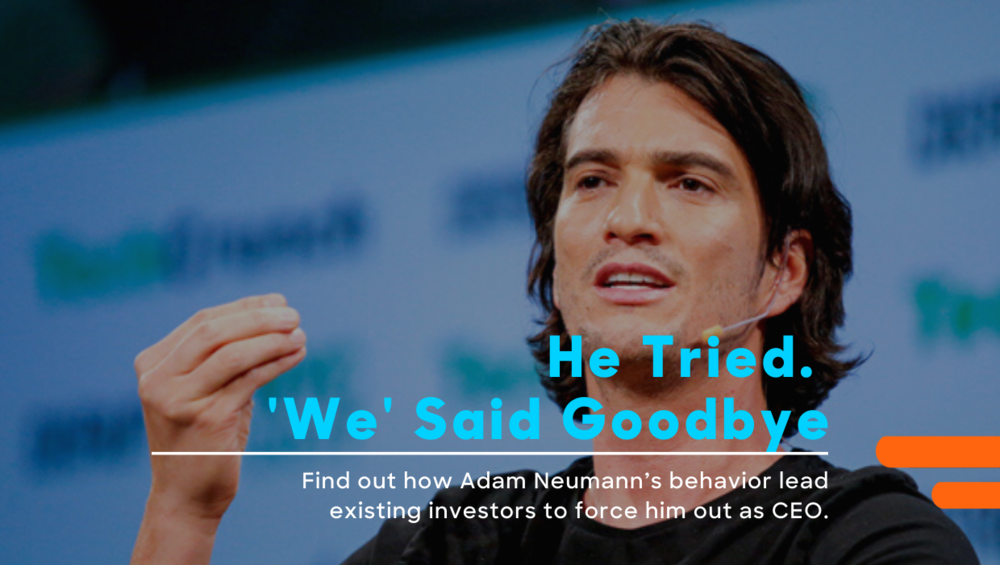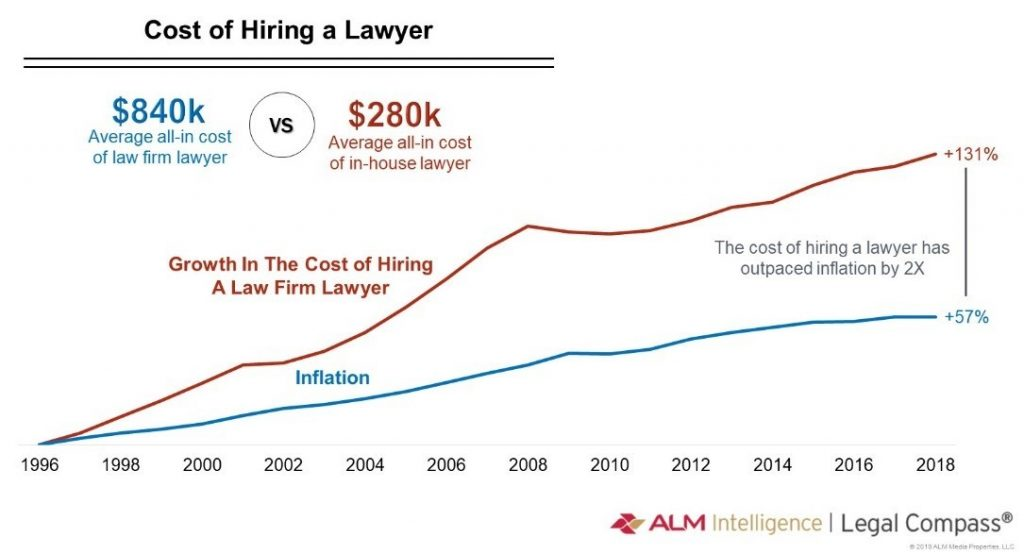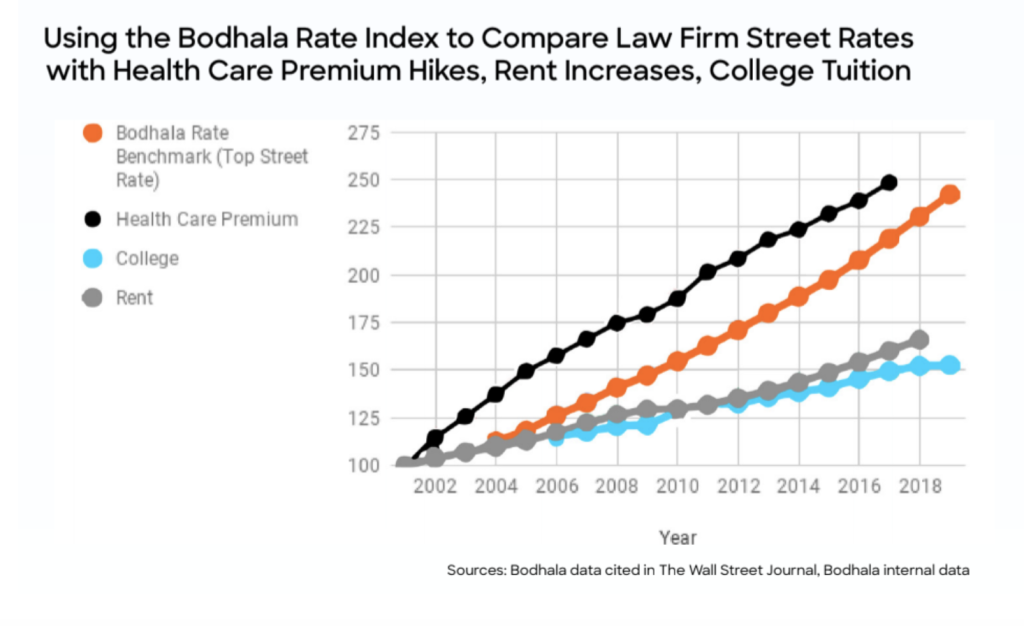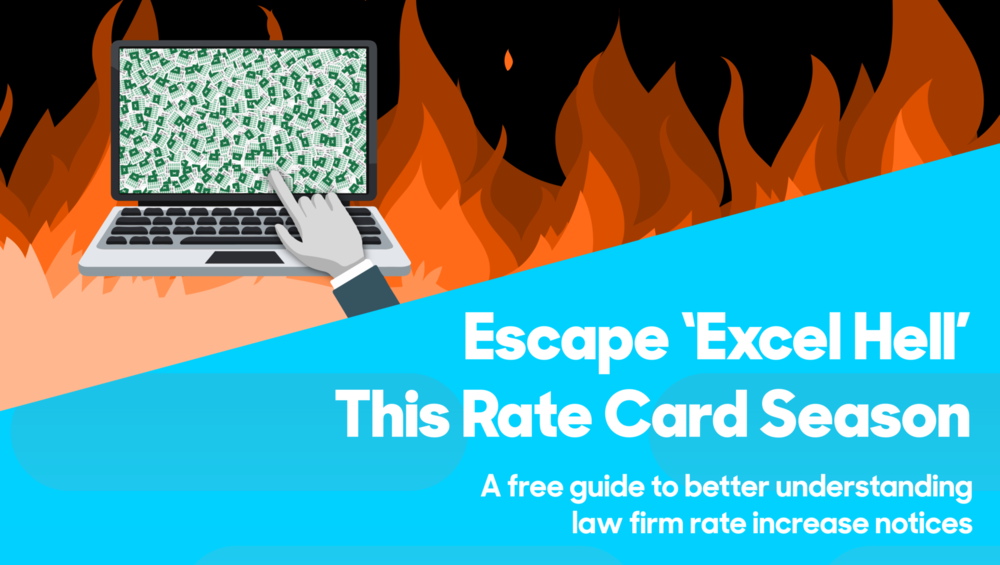
At this point, you have lined up your annual rate card notices from your panel law firms. Now it’s time to make sense of what’s there and make it work in your favor.
As we discussed in the first part of this series on RFP rate negotiations, every year, clients face complex rate schedules with budget implications that are often unclear. Starting from the street rates down to relationship discounts and write-offs, we call this process for arriving at a final yearly rate the “Hidden Staircase” of legal billing.
Even if you completely understand the Hidden Staircase, the entire process can quickly fall apart and cost you serious money if you can’t analyze the rate cards to ensure you’re getting the most bang for your buck.
And let’s face it: human analysis falls short when you’re seeking an apples-to-apples, market-based approach to the responses you receive. Even getting the data itself causes confusion – some numbers live in multiple Excel files, some arrive via PDF, and others are sent in the body of an email to one colleague, but not another. It’s a mess for legal operations to handle, but that’s where Bodhala can help. With our proprietary Rate Card RFP platform, your team can quickly collect and organize all rate cards in one place. We collect the data in minutes, giving you transparency on your past spend and the visibility to compare the rates of your panel firms. It’s the best way to ensure you’re getting market value for services.
To fully understand the rate responses from your firms, you must consider the factors that can affect your company’s spend throughout a given year:
- Practice areas – For any business, the mix of work is an important variable in understanding the impact of rate card increases. An M&A increase may have a disproportionate impact on the budget of a PE firm compared to a litigation increase – and vice versa for an insurance carrier.
- Matter complexity – Which of your corporate matters are seen as routine, like drafting a tech licensing agreement, versus more complex M&A?
- Timekeepers used – Are partners and associates being matched to their appropriate skill level or seniority across firms?
These factors are the biggest drivers of rate fluctuation. They disproportionately cause billing spikes as the year moves forward.
Historically, in-house legal teams have tried to analyze these factors on their own, losing hundreds of hours of staff time, causing headaches galore, and suffering from diminished eyesight due to countless hours staring at Excel sheet after Excel sheet.
At this point, negotiation is nearly impossible if a company is not empowered by a data-backed solution. Forward-thinking general counsels focused on corporate and legal innovation capable of meeting challenges in the market, recognize the need for a shift in the process. They understand the importance of using analytics to make reviewing rate card RFPs more efficient and to enable running accurate simulations against historical spend.
Spreadsheets and PDFs have clear and immediate limitations. When you consider the resources required to have just one staff person assigned to this endeavor plus one salaried employee – it becomes clear that the cost impacts can be alleviated with data analytics.
TAKING STEPS TOWARD TRANSPARENCY
If your team is still stuck in Excel Hell this rate card season, don’t worry, there is still light at the end of the tunnel. We’ve compiled a set of guidelines to help you understand what you need to look out for when you and your staff review law firm rate responses:
- Practice area consumption
- Timekeeper consumption
- Rate changes
- Normalizing partner & associate definitions
- Partner & associate matriculation
- Discount normalization
- “Special” volume-based discounts
PRACTICE AREA CONSUMPTION
- Understanding the rate changes in the context of consumption of practice areas from previous years
- Rate cards (within a firm and across comparable firms in the space) need to be applied to the volume of expected services (M&A, litigation, funds, broken deals, etc.) to understand the impact of law firm proposals.
- In order to determine the volume expected, review the historical spend from previous years. Do you plan on this remaining consistent? Can you model known changes?
WANT TO KEEP LEARNING?
Download our free white paper to understand the rest of our data-backed and time-tested guidelines for understanding your RFP responses. You’ll also see a real-life example where our data saved a global bank millions on their rate negotiations.
Shoot us an email at [email protected], and let’s talk about how to get started.

